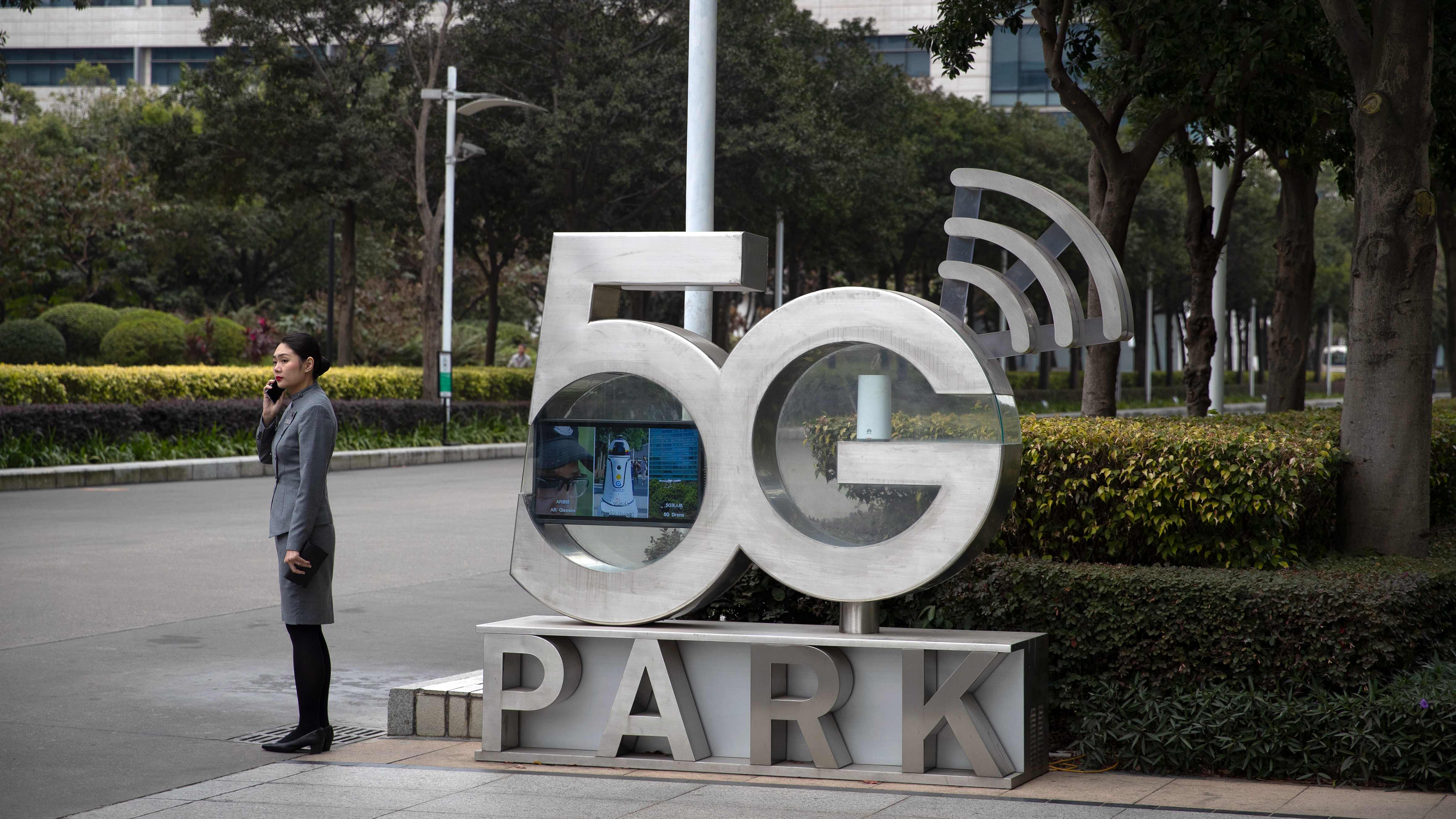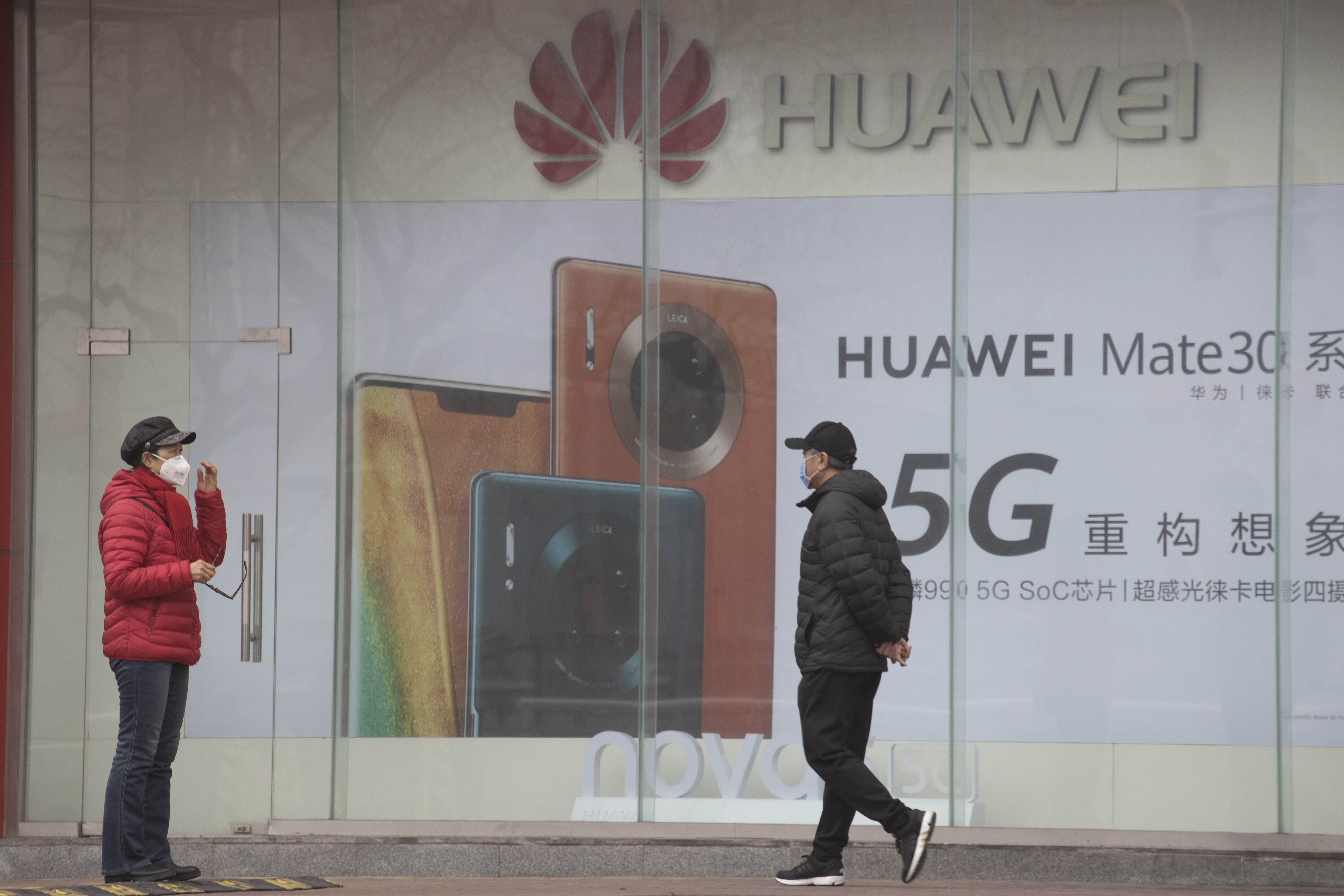
A sign at Huawei's campus in Shenzhen in southern China's Guangdong Province, December 5, 2019. /AP
A sign at Huawei's campus in Shenzhen in southern China's Guangdong Province, December 5, 2019. /AP
Editor's note: Federica Russo is a researcher and simulation supervisor at the Washington-based geo-strategic consulting firm Wikistrat, and an affiliated researcher at the Brussles-based European Institute for Asian Studies (EIAS). The article reflects the author's views, and not necessarily those of CGTN.
Despite recent public efforts in Hawaii, where U.S. Secretary of State Mike Pompeo met Chinese top diplomat Yang Jiechi to de-escalate tensions between China and the U.S., it is reasonable to think that U.S. President Donald Trump will continue to pursue a tough strategy toward China, even in light of the deep economic and societal fractures that are impacting and weakening its administration. It is, indeed, in the middle of such difficult junctures, characterized by internal divisions, that leaders tend to identify a common enemy to renovate the collectivist spirit in an attempt to strategically shift the attention away from hot topics that are causing criticism at home.
Nationalism thrives on external crises, and Trump must show his administration's confidence and stability to be politically credible. In the technology war against China, the American approach is particularly harsh making the tech sector an essential domain to monitor in order to understand how what happens between these superpowers can impact major geopolitical dynamics.
The rise of the U.S. techno-nationalism
It is almost certain that in the new post-pandemic international order, the ability to secure superiority in the technology and innovation sphere will be a key feature of global competition. In virtue of these considerations, the advancement of "techno-nationalist" approaches can accelerate this drive with the state occupying a prominent role in shaping this sector's features. This is the case of the U.S., where the Trump administration put in place several measures and mechanisms to defend national interests by curbing Chinese companies race applying legal measures; pressuring allies to follow the U.S. line in their relations to major Chinese companies and encouraging private companies to invest in strategic projects.
Firstly, U.S. sanctions could hit specific Chinese businesses. This is the case for Huawei, which continues to be in the front line of the U.S.-China tech competition, with further sanctions that have been imposed on the telecommunication giant in May to prevent acquisition of semiconductors that the company designs in overseas foundries using U.S. technologies.
In addition, on June 30, the U.S. Federal Communications Commission's Public Safety and Homeland Security Bureau formally designed Huawei and ZTE as covered companies, and as a result of this action, the FCC's 8.3 billion U.S. dollars a year Universal Service Fund cannot be used to purchase, obtain, maintain, improve, modify or support any equipment or services provided by them. However, in the mosaic of "suspected entities", the story of Huawei certainly constitutes a central pillar, but it is not the only one.
As of June 5, in the 320-page Supplement No.4 to Part 744 – Entity List published by the U.S. Bureau of Industry and Security, 74 pages have been dedicated to entities from China, and is continuously updated with companies, universities, and institutions that are believed to have connections with the Communist Party of China. Among them, about 97 are companies and institutions that, along with their subsidies, operate in the tech sector and are subject to specific license requirements for the export, re-import and transfer of specified items.

A Huawei advertisement in Beijing, March 8, 2020. /AP
A Huawei advertisement in Beijing, March 8, 2020. /AP
Secondly, the U.S. has enjoined its allies to not involve Huawei in the development of 5G networks. The UK, Israel, Australia, New Zealand, Romania and Poland are a few examples among the countries on which the U.S. diplomatic efforts have focused in order to promote the idea of a tech decoupling from the Chinese telecommunication giant. The goal is to form a coalition of state actors in line with Washington, according to which Chinese companies threaten foreign networks with the intent of spying and extrapolating key data.
Thirdly, Washington has tried to boost the implementation of key projects driven by important private companies. A recent example is that of the Taiwan Semiconductor Manufacturing Company (TSMC)'s announcement of its intention to build and operate an advanced semiconductor fabrication plant in the U.S., with the commitment to support from the U.S. federal government and the State of Arizona. The construction will start in 2021 and the plant will be able to produce chips using 5-nanometre process, however, what makes it really critical is the role played in the development of U.S. manufacturing capabilities in order to disconnect the tech supply chain from the Chinese mainland.
The implications of U.S. moves
The journey toward the U.S.-China tech decoupling poses under risk actors in the international arena. Other states, as well as private companies, could be pushed to decide to choose sides, which will have greater knock-on-effects for their other alliances and operations in different industries/policy areas.
European countries, for example, will be called to test their loyalty to the Western partner, or to think and act strategically, establishing potentially advantageous relations with Chinese tech companies following the need to improve access to a fast broadband connection - with the exception of Finland, Sweden, the Netherlands and Denmark, the EU's average in digital performance is lower compared to the U.S., Australia, Israel, Japan, Canada and South Korea. These political fractures deriving from the different approaches toward China, could severely impact the global system recalibrating its equilibrium – which is already fragile in virtue of the COVID-19 crisis.
Shifting the attention to the business setting, even companies could experience different degrees of disruption in the tug-of-war between Beijing and Washington. This could lead to impacts over operations, leading to shorter supply chains as well as, in extreme cases, cyber-attacks intended to acquire crucial information.
(If you want to contribute and have specific expertise, please contact us at opinions@cgtn.com.)